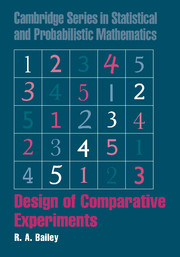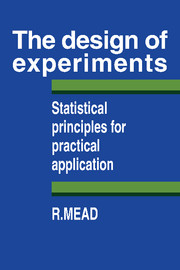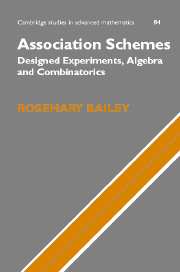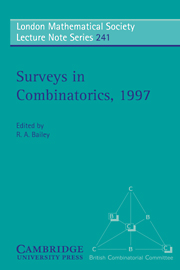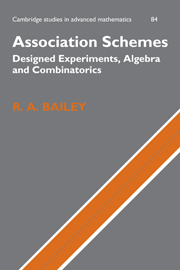Design of Comparative Experiments
Design of Comparative Experiments develops a coherent framework for thinking about factors that affect experiments and their relationships, including the use of Hasse diagrams. These diagrams are used to elucidate structure, calculate degrees of freedom and allocate treatment sub-spaces to appropriate strata. Good design considers units and treatments first, and then allocates treatments to units. Based on a one-term course the author has taught since 1989, the book is ideal for advanced undergraduate and beginning graduate courses. This book should be on the shelf of every practicing statistician who designs experiments.
- Authoritative: Bailey is, without question, one of the foremost experts on experimental design
- Fit for purpose: emphasis is on choosing a design to answer the research question at hand rather than on analysis of a given design
- Real-life: examples are taken from real experiments, based on the author's experience
Reviews & endorsements
"... a carefully planned, well-organized [manner]. Using very simple language, Bailey makes every effort to make this book enjoyable to read, and to bring appreciation to and a deep understanding of the concepts and issues in experimental designs."
D.V. Chopra, Wichita State University for Choice Magazine
Product details
June 2008Paperback
9780521683579
346 pages
254 × 178 × 18 mm
0.63kg
175 b/w illus. 110 tables 140 exercises
Available
Table of Contents
- Preface
- 1. Forward look
- 2. Unstructured experiments
- 3. Simple treatment structure
- 4. Blocking
- 5. Factorial treatment structure
- 6. Row-column designs
- 7. Experiments on people and animals
- 8. Small units inside large units
- 9. More about Latin squares
- 10. The calculus of factors
- 11. Incomplete-block designs
- 12. Factorial designs in incomplete blocks
- 13. Fractional factorial designs
- 14. Backward look
- Exercises
- Sources of examples, Questions and exercises
- Further reading
- Bibliography
- Index.

